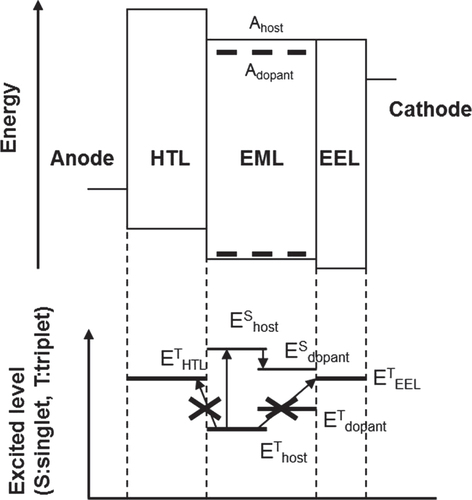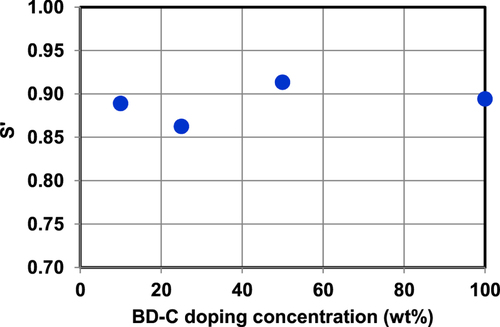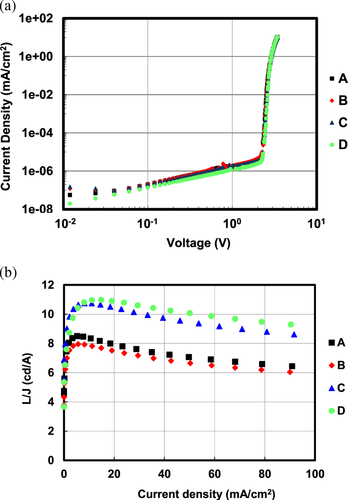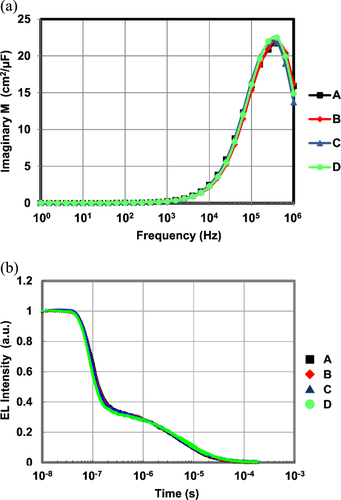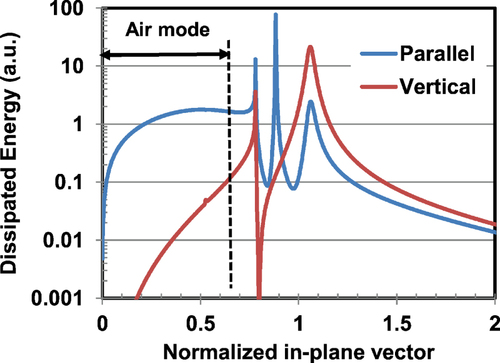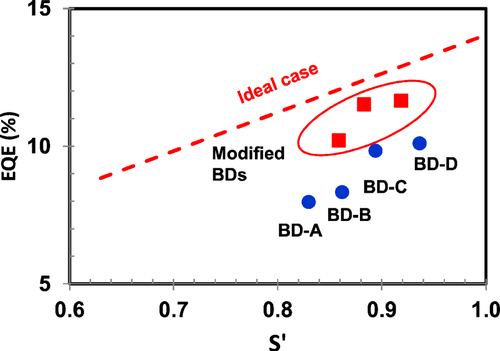Figures & data
Figure 1 Structures of DSA host and stylylamine dopant (Ar and R denote an arylene group and a substituent, respectively).
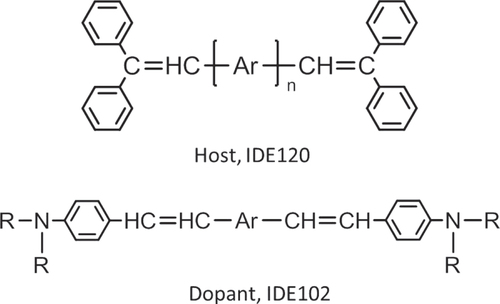
Figure 2 Structures of arylamine dopants (Ar and R denote an arylene group and a substituent, respectively).
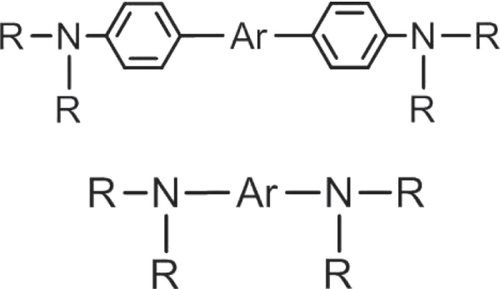
Table 1 Performance of BD-6 and BD-7 devices with or without an EEL (J = 10 mA cm−2).
Figure 4 Transient EL curves of devices 1 and 3: (a) transient EL curves as a function of log-scaled time; (b) inverse square root of transient EL intensity as a function of linear-scaled time.
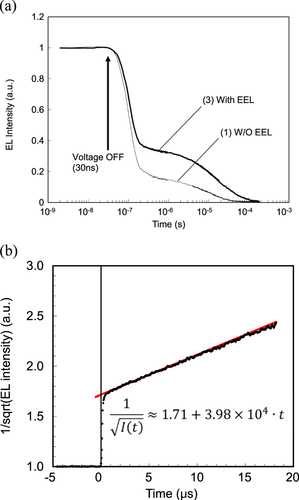
Table 2 Material properties of the four BDs.
Table 3 Device performance at a current density of 10 mA cm−2.

